#deciduous shrub
Explore tagged Tumblr posts
Text




Яркие листья Магонии падуболистной (Mahonia aquifolium) в каплях дождя. Ноябрь 24. Bright leaves of Mahonia aquifolium in raindrops. November 24.
#русский tumblr#Россия#природа#осень#городскойпейзаж#яркая листва#лиственный кустарник#Магония падуболистная#дождь#мои фото#макрофото#Russia#autumn#nature#cityscape#rain#deciduous shrub#Mahonia holly raindrops#bright foliage#my photos#nature photography#original photography#photographers on tumblr#macro photography
166 notes
·
View notes
Text

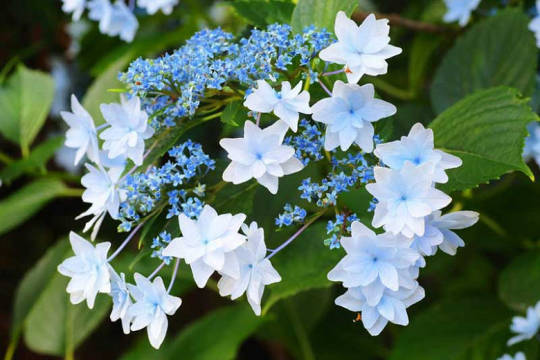
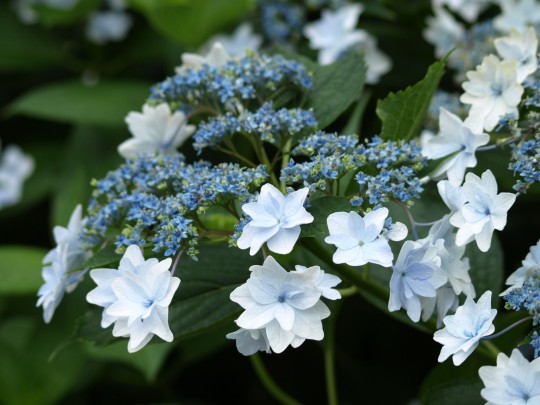
Shooting Star Hydrangea
#hydrangea#hydrangeas#shrubs#deciduous#plants#nature#photography#beautiful#flowers#flora#floral#fleur#flors#gardens#gardening#garden#earth#wild#scenery
2K notes
·
View notes
Text





Plant of the Day
Sunday 27 October 2024
The wonderful autumn foliage colours of Rhus × pulvinata Autumn Lace Group (sumac). This is a spreading, suckering, deciduous shrub with decorate foliage and yellow-green flowers which are followed in autumn by spherical, bristly red fruit.
Jill Raggett
#Rhus#sumac#autumn colour#fall leaves#foliage#red fruit#plants#horticulture#gardens#garden#deciduous#shrub#RHS Hyde Hall#essex
249 notes
·
View notes
Text
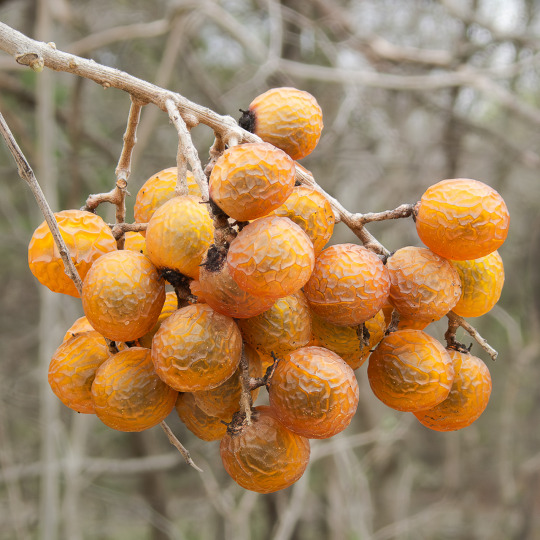
Scientific Name: Sapindus saponaria var. drummondii or Sapindus drummondii Common Name(s): Western soapberry Family: Sapindaceae (soapberry) Life Cycle: Perennial Leaf Retention: Deciduous Habit: Tree, shrub USDA L48 Native Status: Native Location: Allen, Texas Season(s): Winter
It’s called soapberry because you can make soap from it!
Soapberries are also offered commercially “soap nuts,” though the ones I’ve seen for sale are Sapindus mukorossi, which is a species native to Asia.
Speaking of species, the genus Sapindus comprises about 12 species. I’m guessing the exact number isn’t settled because, as in the case here, whether this plant is a subspecies or its own species depends on whom you ask. The USDA Plants Database shows that S. saponaria is native to the southern U.S., from the Atlantic coast to Arizona, whereas var. drummondii only exists west of the Mississippi River. This difference is apparently enough for iNaturalist and its taxon authority POWO to elevate it to the full species level.
The fruits are about ½″ (12 mm) in diameter and form in the summer; they are pale green and opaque when young before maturing to a translucent amber in the fall.
#Sapindus saponaria#Sapindus drummondii#western soapberry#soapberry#Sapindaceae#perennial#deciduous#tree#shrub#native#Allen#Texas#winter#fruit#orange#taxonomy#taxonomic confusion#plantblr
8 notes
·
View notes
Text
...
#there's something really beautiful about experiencing the weather patterns of a new place#where i live now. its not like where i grew up. not like the foothills of Appalachia but its more familiar than the Chihuahuan desert was#when i go home to ohio everythings so green. so green. unimaginably green and the towns are in the woods. the hills roll#and trees billow deciduous and packed so tightly the treeline is like a wall of plant matter. here there are trees but they are tall and#evergreen. patchy in places like shrubs in the desert. the grass grows green but also pale tan and dead. houses are routed in valleys#between mountains. they're made of wood and not stucco but they still look strange and the landscape is crumpled together tall. and there's#water. it rains. days can be dreary and gray with drizzle. i forgot what thats like. when a single low stratus cloud blocks out thewhole sk#and fog clings to the trees. my school bus used to drive by a lake where thr fog was so thick i didnt kno how the driver could see the road#but somehow i forgot how much joy suspended water vapor gives me living in a place where when it rains it pours so hard the streets flood#and the greedy ground drinks the landscape dry. but there are new things as well. here smoke rolls up over thr mountains and gets stuck in#the valleys so that the weather forcast reads: Smoke for days on end. im used to tornado warnings and heat warnings and dust storm warnings#but ive never expected Smoke as a type of weather. and im sure there's more to experience. ive only been here like 3 weeks. its not as gree#as home. the storms dont seem to get quite so violent. the woods are so full of bears that its an active threat. but its not the desert#and while ill miss the shapes of desert plants and little lizards. when i look up at the pine and spruce trees i feel like i can breathe a#little easier. well see how i feel once the long cold winter sets in haha#but i dunno. part of me still longs for a violent thunderstorm. one where u can feel the temperature drop and u csn feel it building all da#one that bends the trees and smells like ozone. it was never like that in thr southwest and im not sure that happens here#but maybe thats just a desire for chaos and violence as a product of my pathological internal control. i cant be spontaneous so let nature#bring the fear to me. some of my favorite memories are watching lightning strikes#so it goes i suppose#unrelated#listen. is it fucked up to have ohio nostalgia? maybe so. but in my defense i grew up in the pretty part of ohio lol
19 notes
·
View notes
Text

Stachyurus
the only genus in the flowering plant family Stachyuraceae, native to the Himalayas and eastern Asia. They are deciduous shrubs or small trees with pendent racemes of 4-petalled flowers which appear on the bare branches before the leaves.
5K notes
·
View notes
Quote
Thinking about: the act of writing in its raw, uncut form, as a kind of religious experience—as a kind of transport—is such a strange thing to have encompassed and upheld by routine and ritual, by faith’s grind, like you were walking uphill to temple every day, and of course you bring your saman pichcha and light the little clay lamps, coconut oil on your fingers; you sit cross-legged in the hot, grainy sand to say the dead words, during which you think of your dead, and theirs, and theirs, multiplying overhead like a great bone tree rising into the sky. No, that’s all a bit grim, isn’t it? Let’s say instead you’re like a mime practicing a bit. First you elaborately draw a door in the air, marking out hinge and latch and doorknob, finding an imaginary key in your pocket, feigning surprise—you insert and turn it in the lock which does not exist, and it goes click and you push it open and walk through. Some days there is nothing through the door, though you have to open it anyway to find out. And some days you walk through into an altered landscape. Everything looks the same, and in fact everything is the same, because after all this was only mime and it was an imaginary door, except now the room is redder in your eyes and there is music in the air.
https://vajra.me/2018/08/28/jasminum-grandiflorum/
#it is a scrambling deciduous shrub#some days there is nothing through the door#vajara chandrasekera
1 note
·
View note
Photo

🌸🍃 #Azaleas at #walterjonespark #Rhododendron #Tsutsusi #Pentanthera #Ericaceae #Deciduous or #evergreen #shrub (at Walter Jones Historical Park) https://www.instagram.com/p/CoAz_Uhul3Z/?igshid=NGJjMDIxMWI=
0 notes
Photo

My wife planted this Japanese Snowball tree in the backyard many years ago and we enjoy the beautiful flowers every year. I took this photo in my home in Quebec during the month of June 2022.
Prints available: https://bit.ly/3ZRNF4h
#japanese#snowball#adoxaceae#deciduous#shrub#flower#blossom#petal#leaves#white#green#sky#ornamental#decorative#pastel
0 notes
Text
Word List: Sweet

beautiful words with "sweet" to try to include in your poem/story
Bittersweet - pleasure accompanied by suffering or regret; being at once bitter and sweet
Meadowsweet - any of several spireas
Oversweet - excessively sweet; cloying
Presweeten - to make (a food or beverage) sweet or sweeter in advance and especially during manufacture or preparation
Sweetbells - an eastern North American deciduous shrub (Leucothoe racemosa) with pinkish flowers in long racemes
Sweetberry - sheepberry i.e., a North American shrub or small tree (Viburnum lentago) having white flowers in flat cymes
Sweetbread - the thymus or pancreas of a young animal (such as a calf) used for food
Sweetbriar - an Old World rose (especially Rosa eleganteria) with stout recurved prickles and white to deep rosy-pink single flowers; called also eglantine
Sweetening - something that sweetens
Sweetfish - ayu i.e., a small salmonlike anadromous fish (Plecoglossus altivelis) of Japan that is highly esteemed as a food fish
Sweetflag - any of a genus (Acorus) of perennial herbaceous plants that are typically found in wetlands of the northern hemisphere and have long narrow leaves and aromatic roots
Sweetgrass - a slender fragrant perennial grass (Hierochloe odorata) that typically grows in moist soils and is used especially in basketry
Sweetish - somewhat sweet; unpleasantly sweet
Sweetroot - licorice
Sweetshop - a candy store
Sweetsop - sugar apple
Sweetveld - African veld that is not markedly acid in soil reaction and is characterized by production in the presence of adequate mositure of palatable grazing of predominantly annual grasses
Sweetwood - a laurel (Laurus nobilis)
Sweetwort - an unfermented malt infusion
Unsweetened - not containing added sugar; not sweetened
If any of these words inspire your writing, do tag me or send me a link. I'd love to read your work!
More: Word Lists
#word list#sweet#writeblr#spilled ink#dark academia#writing reference#literature#writers on tumblr#writing prompt#poetry#poets on tumblr#writing inspiration#writing inspo#writing ideas#words#langblr#linguistics#creative writing#paul wonner#writing resources
284 notes
·
View notes
Text





Жостер (лат. Rhámnus).Сентябрь 24. Buckthorn. September 24.
#русский tumblr#Россия#природа#осень#лес#листопадный кустарник#Жостер#лекарственное растение#плоды#макрофото#мои фото#Russia#nature#autumn#forest#nature photography#deciduous shrub#Medicinal plant#Buckthorn#fruit#beauty of nature#original photography#photographers on tumblr#my photos#macro photography
223 notes
·
View notes
Text
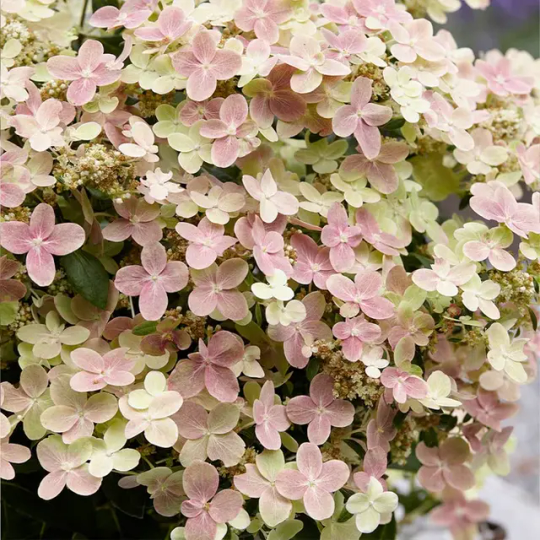

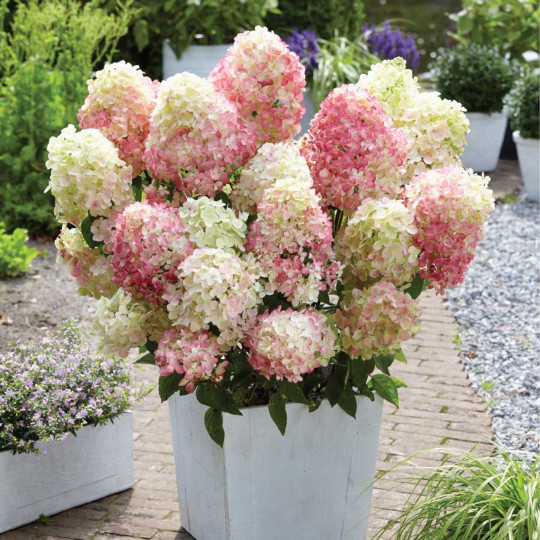

Hydrangea Paniculata Diamond Rouge
#nature#photography#beautiful#flowers#flower garden#gardens#gardening#garden#flora#floral#fleur#fleurs#plants#deciduous#shrubs#rouge#earth#wild#botanical#scenery#landscaping#horticulture
102 notes
·
View notes
Text



Plant of the Day
Friday 3 January 2025
The last flowers of the season on Rosa ‘Bathsheba’ (climbing rose, shrub rose) bred by David Austin and released for sale in 2016. This cultivar forms a short, vigorous climber and the flowers have a myrrh fragrance, with hints of honey and tea.
Jill Raggett
#rosa#rose#climbing roses#climber#shrub rose#scented#apricot flowers#plants#horticulture#gardens#garden#kent#goodnestone park#deciduous
170 notes
·
View notes
Text

Scientific Name: Ilex decidua Common Name(s): Possumhaw Family: Aquifoliaceae (holly) Life Cycle: Perennial Leaf Retention: Deciduous Habit: Tree, shrub USDA L48 Native Status: Native Location: Plano, Texas Season(s): Fall
#Ilex decidua#possumhaw#Aquifoliaceae#perennial#deciduous#tree#shrub#native#Plano#Texas#fall#autumn#fruit#red#holly#plantblr
10 notes
·
View notes
Text

Rob Little
Petrified Forest National Park is an American national park located in Navajo and Apache counties in northeastern Arizona. Named for its large deposits of petrified wood, the park covers about 346 square miles (900 km2), and includes semi-desert shrub-steppe as well as highly eroded and colorful badlands. The park's headquarters is located about 26 miles (42 km) east of Holbrook along Interstate 40 (I-40), which parallels the South Transcon Line. The site, the northern portion of which extends into the Painted Desert, was declared a national monument in 1906 and a national park in 1962. The park has an average elevation of about 5,400 feet (1,600 m), and has a dry, windy climate with temperatures ranging from In the summer it is about 100°F (38°C) to winter lows well below freezing. The park has more than 400 species of plants, dominated by grasses such as punchweed, blue grama, and sacaton. Animals include larger animals such as pronghorn, coyotes, and lynx; many small animals, such as deer, mice, snakes, lizards and seven species of amphibians; And more than 200 species of birds, some of which are permanent residents and many of which are migratory. About one-third of the park is designated wilderness—50,260 acres (79 sq mi; 203 km2)—
The Petrified Forest is famous for its fossils, especially deciduous trees that lived in the Late Triassic, about 225 million years ago. The deposits containing the fossil trunks are part of the colorful and widespread Chinle Formation, from which the Painted Desert gets its name. Beginning about 60 million years ago, the Colorado Plateau, of which the park is a part, was pushed upward by tectonic forces and subjected to further erosion. All of the park's rock layers above the Chinle River, except for younger geological strata in parts of the park, have been removed by wind and water. In addition to fossilized tree trunks, fossils found in the park included Late Triassic ferns, cycads, ginkgos, and many other plants as well as animals including giant reptiles called phytosaurs, large amphibians, and early dinosaurs. Paleontologists have discovered and studied the park's fossils since the early 1900s.
349 notes
·
View notes
Text


A perfect fall for showing off the beauty berry’s fruit. The leaves dropped before a hard frost came and the birds haven’t eaten the berries yet.
81 notes
·
View notes